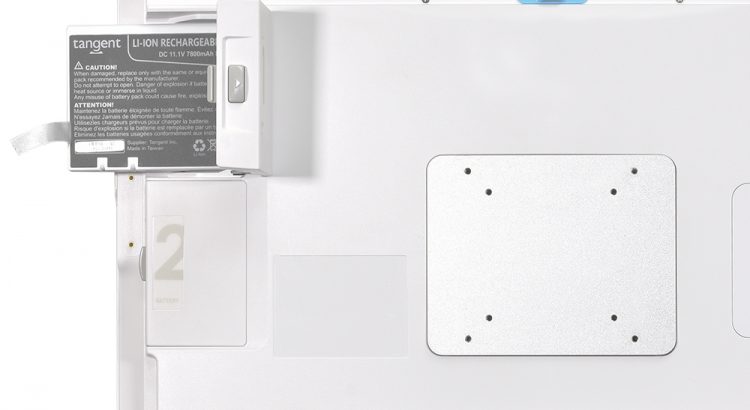While All-In-One PCs do feature the capabilities of a PC, keyboard, mouse, and monitor in one convenient package, there’s always more room to fit in a few more features. At Tangent, our Medical PCs are built to be customized, having multiple options to fit your hospital’s unique needs. These customization options make medical PCs from […]
Category: Medical computers

What is a Medical Tablet ?
As hospitals increasingly computerize their workstations, the use of paper records has dropped considerably. While the introduction of computers in the hospital space has drastically increased their efficiency, the mobility of information that physical paper records entailed was nearly lost. This is where Medical Tablets found their niche, offering the same benefits as medical PCS […]
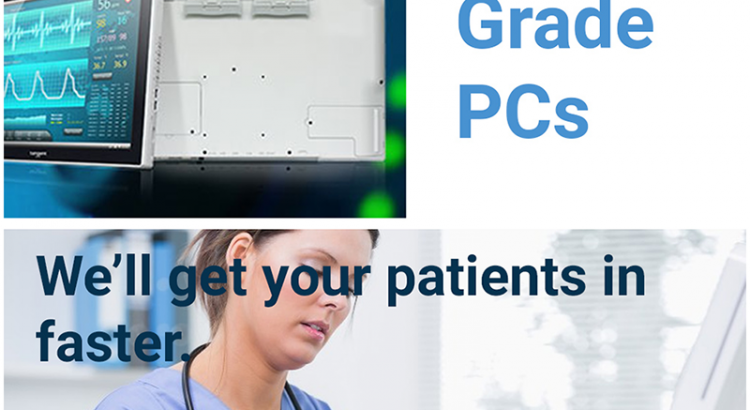
Medical Grade PC for Hospital Performance and Efficiency
The introduction of computers in the workplace has made a litany of everyday tasks more manageable and efficient. Nowhere else is this as clearly seen than in the medical setting. Computers in hospitals have evolved from being simple filing systems to being fully integrated and specialized tools that are indispensable to everyday operations. These computers […]

What is a Medical Grade Computer?
A medical grade computer meets regulatory guidelines including CE, FCC class A and/or B, UL60601-1 and EN60601-1, and CDC guidelines
Medical LCD Displays v. Commercial LCD Displays
In the medical setting, commercial LCD displays simply do not meet the requirements for daily, routine use. Medical LCD displays, having passed a series of rigorous tests, are the only way to ensure patient information is adequately represented on screen. Here are some of the major differences between medical LCD displays and mass commercial LCD […]
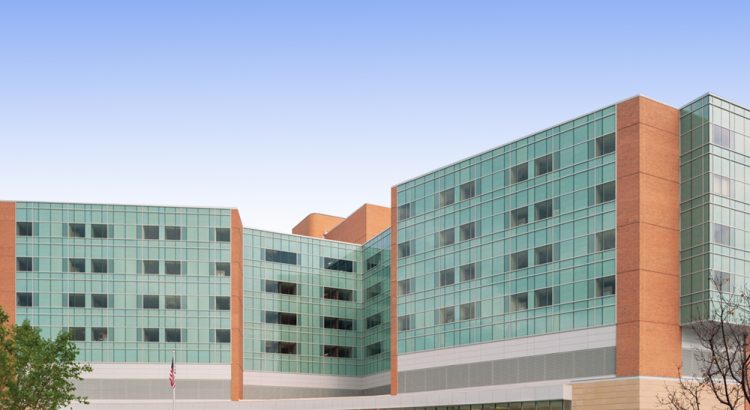
Medical Computers for Major Hospitals
When computers were first introduced into the medical setting, they were still something of a luxury. Today, computers are an invaluable tool for providing patients with safe, secure, and quick care. While there are many different types of computers, computers used in the medical setting should be medical computers.Tangent medical computers come in many variants, […]

Antimicrobial Computers: Achieve Sanitation in Healthcare
While it is impossible to create a completely sterile hospital, mitigating the spread of germs is a must in any medical setting. The concentration of sick individuals in a hospital means that every surface is a potential breeding ground for harmful bacteria. The many surfaces of medical computers are no exception to this, and the […]
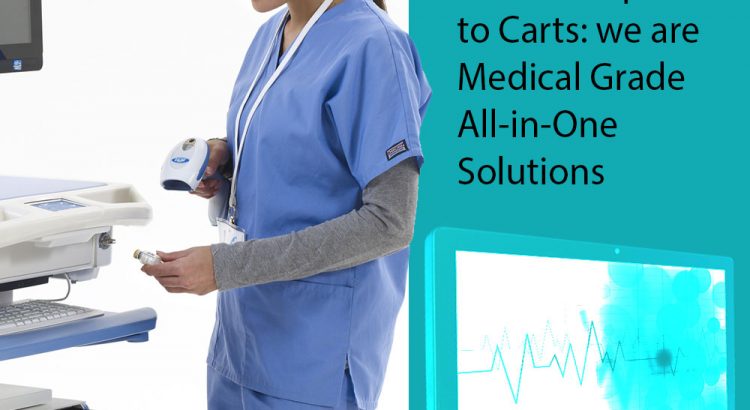
Tangent Covers All Bases in PC Needs
The average company doesn’t typically replace their computers all at once in a mass hardware refresh. Over years of use, certain models are phased out for newer ones or replaced because of age. And as business processes change and newer software suites require specific system configurations, a wide assortment of computer systems tend to be […]
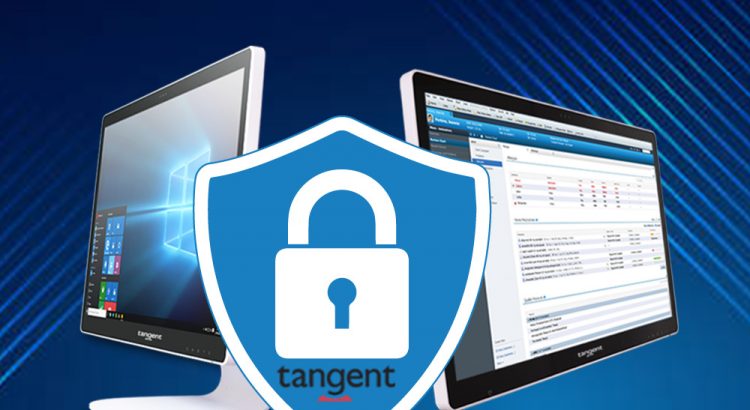
The Importance of Security and Medical Grade Hardware
On May 14th, Simon Pope, a director at the Microsoft Security Response Center, wrote a blog post urging users of older Windows operating systems to install security patches on their computers and take steps to secure themselves from a known vulnerability that could be exploited and result in worm infections and/or cyber attacks. The remote […]
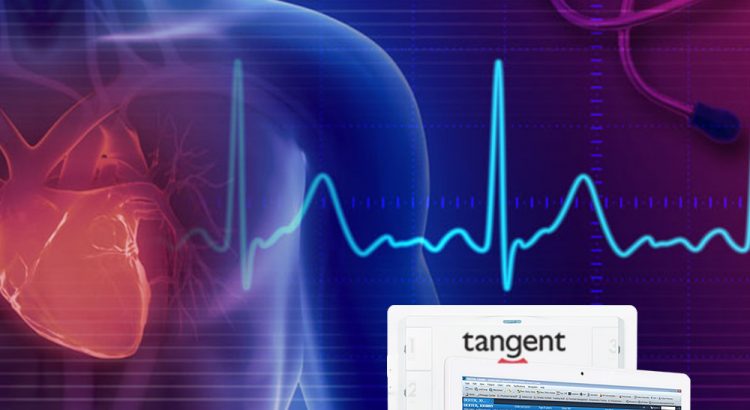
Every Minute Counts with Cardiac Arrest
When cardiac incidents occur in a hospital, every minute that passes can be a factor in whether the patient survives or not. According to Heart.org, in 2016, only about 25 percent of U.S. patients survived when their hearts stopped in a hospital. With how busy medical staff are and the amount of alerts going off […]
